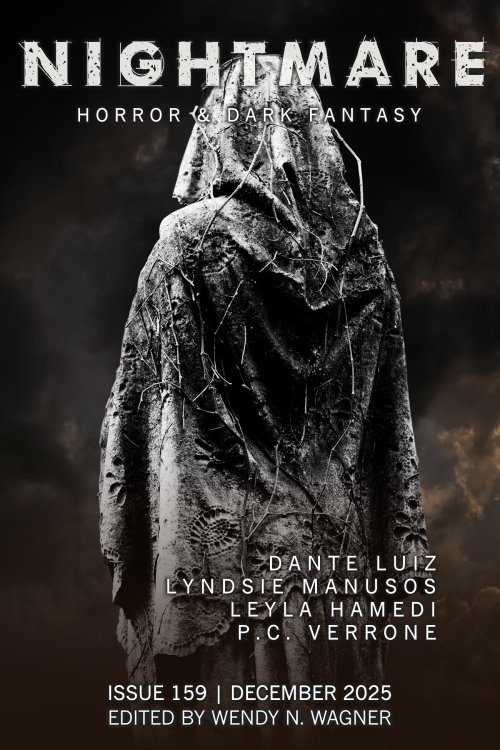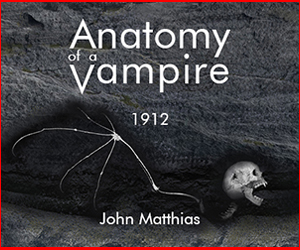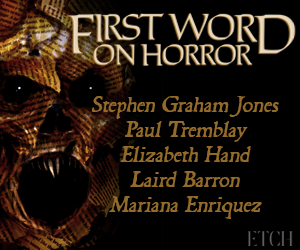Nonfiction
The H Word: The Weird at the World’s End
Could the Weird, by teaching us how to live with a dysfunctional reality, shake us out of complacency and into action? Could the Weird provide lessons on how to live under the shadow of incessant dread? For over a decade, scientists, philosophers, and poets have told us we stand in the Anthropocene, a time when environmental damage has progressed so far that the chain-reaction to the end of the human race and the destruction of the planetary biosphere has passed the point of no return. In sum, we stand on the precipice of how to live after the end of the world.








